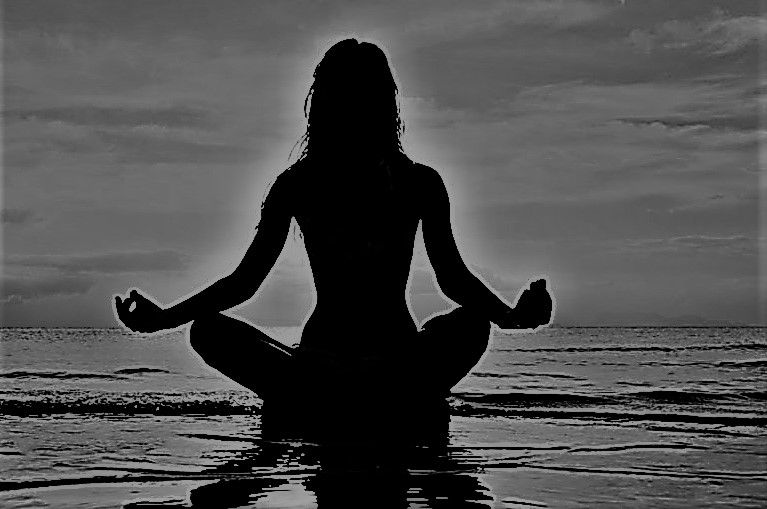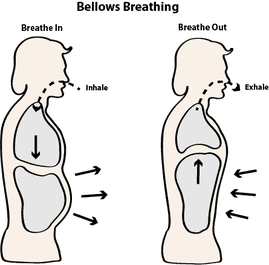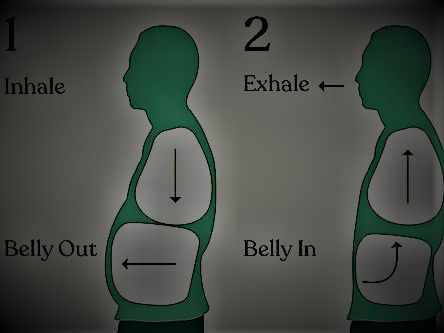Day-46 Pranayama: Bhastrika -Mitraasha



Knowledge of Yoga is infinite, boundless and timeless. “Learning Yoga is an everlasting journey that leads you within and Within is where you find the world of immortal bliss”. –Mitraasha
Namaste All My Yoga Yaatris! May Yog Bless You!
The idea behind running this 51 Days Yoga Consciousness series is to proffer my modest learnings and share the divine pearls of Yoga science with people at large. Let’s have a conjoint intent to learn, implement and extend the wisdom of Yoga with a positive co-action and harmonious reverberation amongst each other.

The Sanskrit word bhastrika translates as ‘bellows’. Akin to how the bellows fan the fire, bhastrika pranayama amplifies the gush of air into the body to produce heat at both the physical and subtle level, thereby instigating the inner fire of the mind and the body. It is also known as ‘the yogic breath of fire’.
Bhastrika is a stabilizing breathing technique, which aids in amending any existing disproportion of the three doshas – vata, pitta and kapha. It is highly propitious for people who have kapha or water dominant body composition as per the ayurveda. Bhastrika pranayam looks somewhat similar to the process of Kapalbhati, however it is different from it, and unlike Kapalbhati, here both inhalation and exhalation are forced ones. Notably, it is also seen that different schools of yoga teach Bhastrika Pranayama in different ways, hence choose which practices suit your requirements best and do them.
For general limitations/contraindications, benefits and other do’s & dont’s of Pranayamas overall, kindly refer to this link: https://kreately.in/day-43-pranayama-mitraasha/

It invigorates and enlivens the overall body and the mind. It tones and strengthens the abdominal region. Although it proves more advantageous during the colder months, people having water dominated (Kapha) physical composition and those suffering from low BP, depression and/or anxiety can get benefitted by practicing even during the summers. It is very good for lungs health, it drains the excessive phlegm from the lungs and gives relief to people suffering from recurring cough-cold, flu, other respiratory complaints, allergies, breathlessness and fibrosis. It induces a favourable effect on the respiratory, digestive, nervous and the motor system. Better oxygenation in the blood induces enhanced vitality of all the organs, especially the brain region. It increases the calmness of the mind, corrects sleep apnea, and aids relief in cases of depression and anxiety. It reinforces the immune system.
Thought of the day: “As a blazing fire turns firewood to ashes, O Arjuna, so does the fire of knowledge burn to ashes all reactions to material activities.”- Bhagwad Gita
Link to day 45: Pranayama:Ujjayi-The victorious breath https://kreately.in/day-45-pranayamaujjayi-mitraasha/
Link to day 47: Pranayama:Bhramari-Bee Breath https://kreately.in/day-47-pranayamabhramari-mitraasha/
DISCLAIMER: The author is solely responsible for the views expressed in this article. The author carries the responsibility for citing and/or licensing of images utilized within the text.
